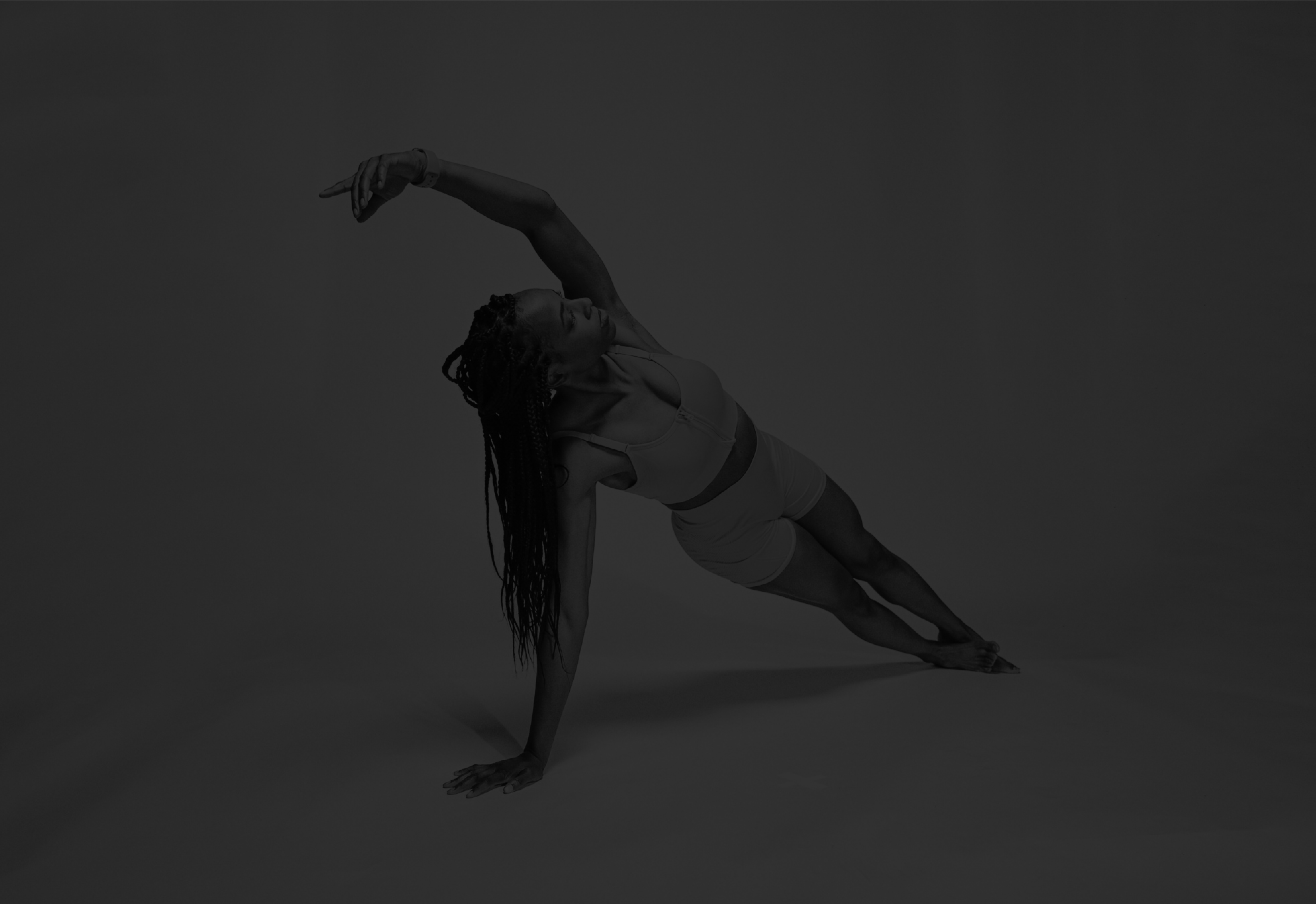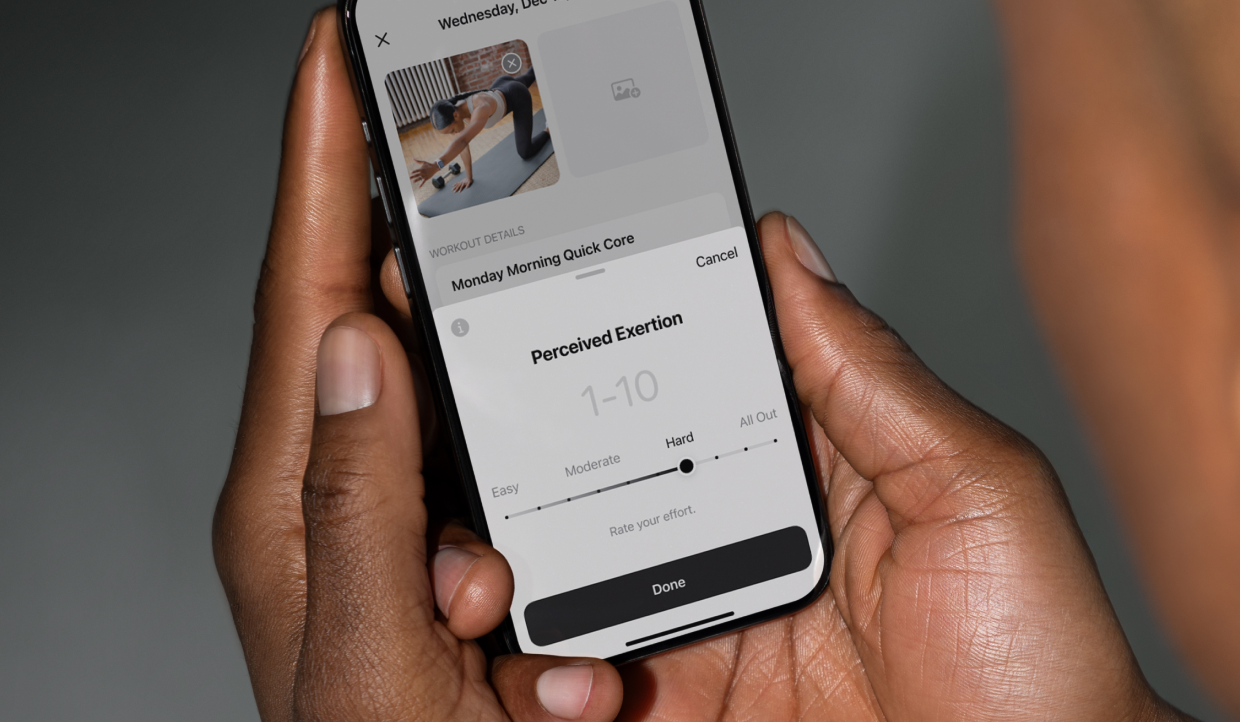
Training
November 01, 2024
How to Use RPE to Maximize Muscle Growth and Strength
Strength training is a great way to build muscle and increase strength. However, it’s essential to avoid lifting beyond your limits to prevent injury. While some athletes use the 1RM method, which is based on the maximum weight they can lift for a single repetition, not everyone knows their 1RM precisely. That’s why many lifters turn to RPE (Rate of Perceived Exertion) instead. But how can you use RPE to maximize muscle growth and strength?
In this article, we’ll dive into RPE, how to apply it, and the benefits of this effective training approach.
What is RPE?
RPE (Rate of Perceived Exertion) is a self-assessment tool that helps you gauge how much effort you're putting into your workout, allowing you to adjust weights and intensity for optimal results. Using a scale from 1 to 10, RPE represents how challenging each set feels. This method is especially helpful for tracking workout intensity over time and adjusting as needed without risking overexertion.
On Train Fitness and Apple Fitness, RPE is represented on a scale from 1 to 10, divided into levels:
- 1-3 (Easy): Not challenging. You can comfortably complete the workout.
- 4-6 (Moderate): Working but comfortable; requires effort to complete.
- 7-8 (Hard): Challenging and uncomfortable; you can finish the set but likely no more.
- 9-10 (All Out): Extremely uncomfortable; you can barely complete the workout.
With Train Fitness’s AI-based Apple Watch app, tracking your RPE becomes easier as it factors in your goals, past performance, and recovery.

How to Use RPE
Using RPE effectively requires knowing what each level on the scale feels like in relation to your workout capacity:
- Start with a Set: Perform a set and take note of how challenging it feels.
- Self-Assess the Intensity: Based on your breathing rate, heart rate, muscle fatigue, and sweat level, assess your RPE level. For instance, if a set feels tough but manageable with effort, it might fall around 7-8 on the scale.
- Adjust Based on Goals: For maximum strength, an RPE of 7-9 is often recommended, while an RPE of 6-8 can support muscle growth with less risk of overtraining.
The number you assign to each set lets you know when to push harder and when to pull back, optimizing your workout to fit your needs.

Benefits of Using RPE
Enhanced Muscle Growth and Fitness: With RPE, you can work at the right intensity across multiple sets, which stimulates muscle fibers and promotes growth. In addition to building muscle, strength training with RPE supports general fitness and heart health.
Easier Recovery: RPE helps prevent overtraining, which can extend recovery time unnecessarily. By training at a sustainable intensity, you’ll recover faster between sets and continue working toward your goals without setbacks.
Sustainable Training: RPE’s emphasis on self-assessment makes it a safer, long-term method for achieving fitness goals without injury, allowing you to stay consistent and make progress over time.
Conclusion
RPE is one of the best strength training techniques to measure intensity and make adjustments that support your goals. By assessing your exertion level after each set, you can optimize your training for better results without overexertion. For enhanced tracking, use the Train Fitness app on your Apple Watch to monitor your progress. With AI detection, the app helps you track each rep and offers personalized workout suggestions based on your RPE levels.
Share This Article:
Recommended
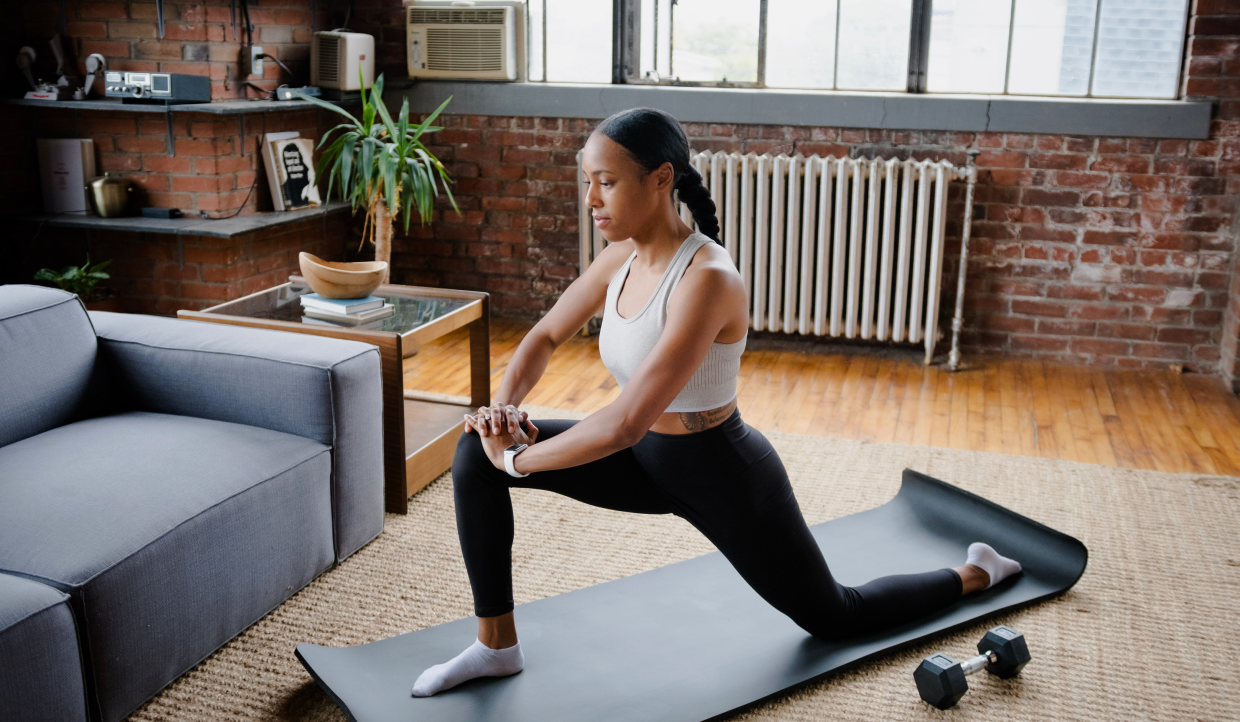
Training
December 01, 2024
Benefits of Autoregulation: Adjust Workouts to Your Readiness
Autoregulation is the ability to adjust training according to how much load a person can bear that day. As our performance levels vary day-by-day …
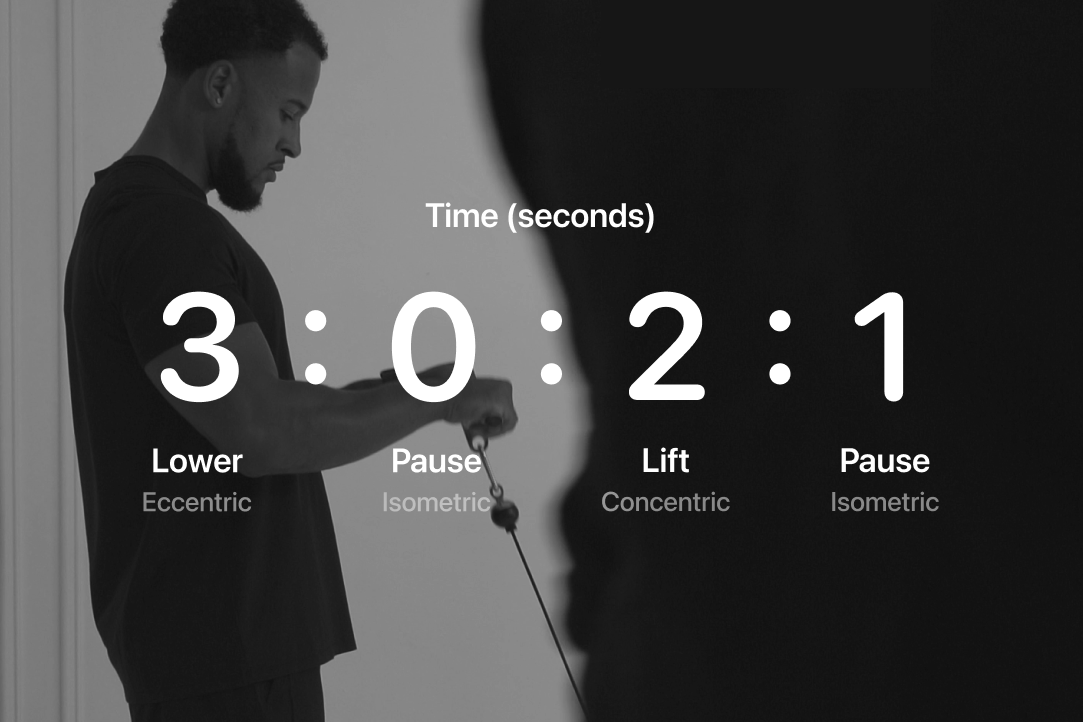
Training
November 17, 2024
Understanding Tempo: How Controlled Reps Can Boost Your Gains
Tempo training is basically a way of manipulating the speed of your reps instead of lifting mindlessly. This is done by breaking down your reps …
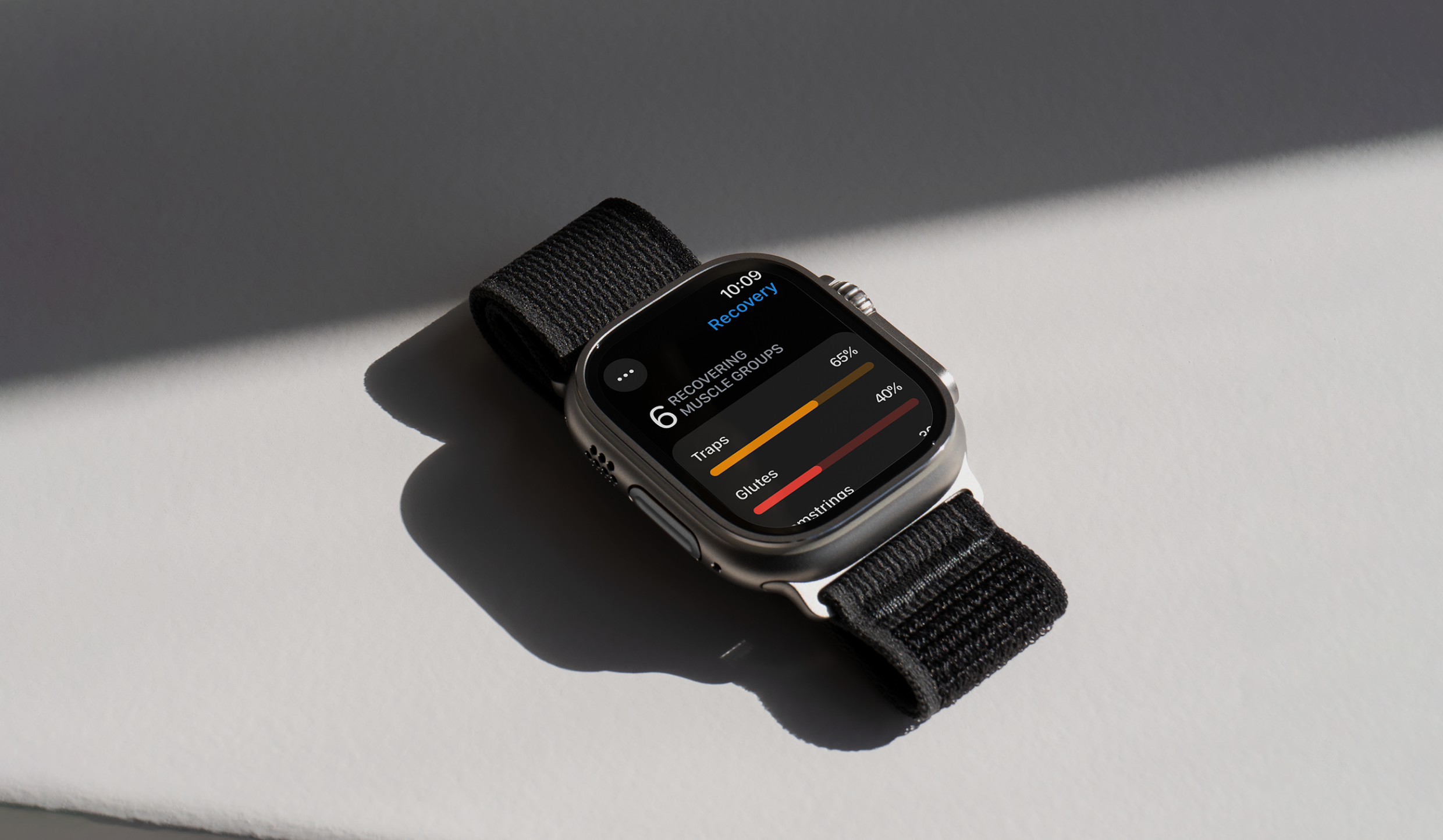
Training
October 19, 2024
DOMS Decoded: Tips to Ease Post-Workout Pain
Discover how to manage Delayed Onset Muscle Soreness (DOMS) with effective treatment tips and prevention strategies. Stay pain-free by tracking workout intensity, staying hydrated, and learning how to recover quickly after exercise.

subscribe to our newsletter
Contact Us
hello@trainfitness.aiFind Us
130 Spadina Avenue, Toronto,
Ontario, M5V 0H4, Canada
©2025 All Rights Reserved
